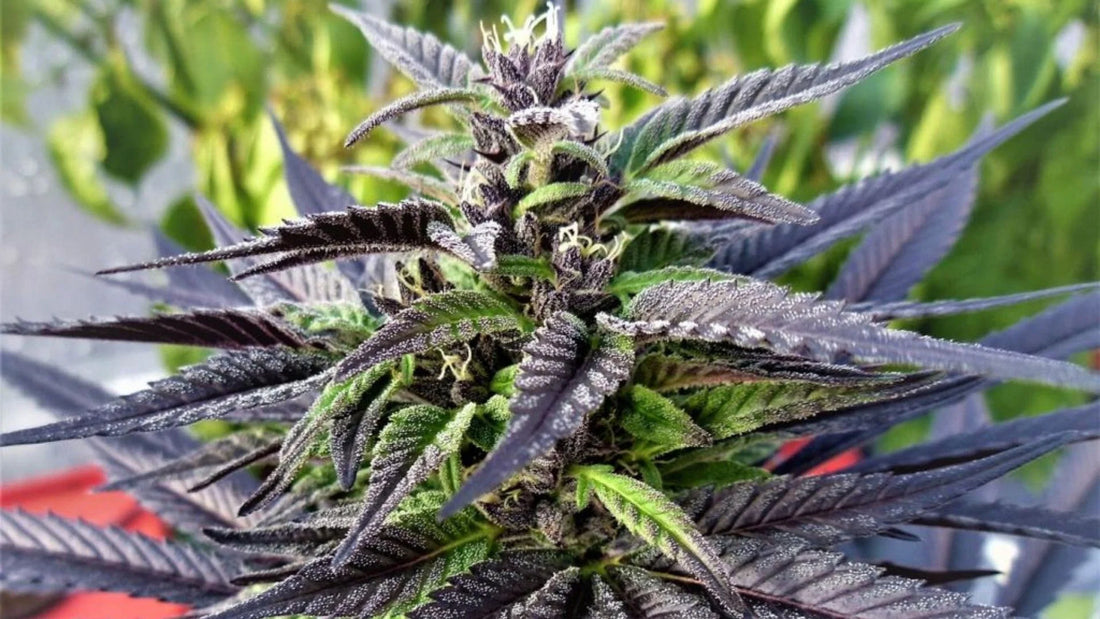
How To Learn From Your Last Grow To Improve Your Next Grow
Share
A Reflective Guide To Enhancing Your Gardening Journey
Gardening, whether for food, medicine, or the simple joy of cultivation, is a constant learning and adaptation journey. As we immerse ourselves in the growth cycle, we often ponder how to do better next time. For those of us who particularly enjoy the unique challenges and rewards of growing cannabis, this reflection becomes even more crucial. Let's explore how we can enhance our grow by reflecting on key aspects of our gardening experience.
Reflecting On Time Spent In The Garden
How did you feel about the time you dedicated to your garden? Was it adequate, or did you wish for a few more hours in the day? Gardening is as much about nurturing ourselves as it is nurturing our plants. Finding a balance that doesn't overwhelm your schedule yet allows for attentive care is vital.
With so many ways of growing cannabis, you can find the method best suited for your lifestyle. The most important part of the garden is YOU! Ensure you are happy with your time spent in the garden. For instance, I'm not too fond of hand watering, so I ensure irrigation is set up and automated with my trusty Blumat.
Often, we make mistakes when the task at hand is something we prefer to avoid doing. Tailor your gardening experience to fit your lifestyle, and you will encounter fewer problems. Reflecting on issues you experienced and figuring out ways to solve them to ensure a smoother experience during your next growing cycle is essential.
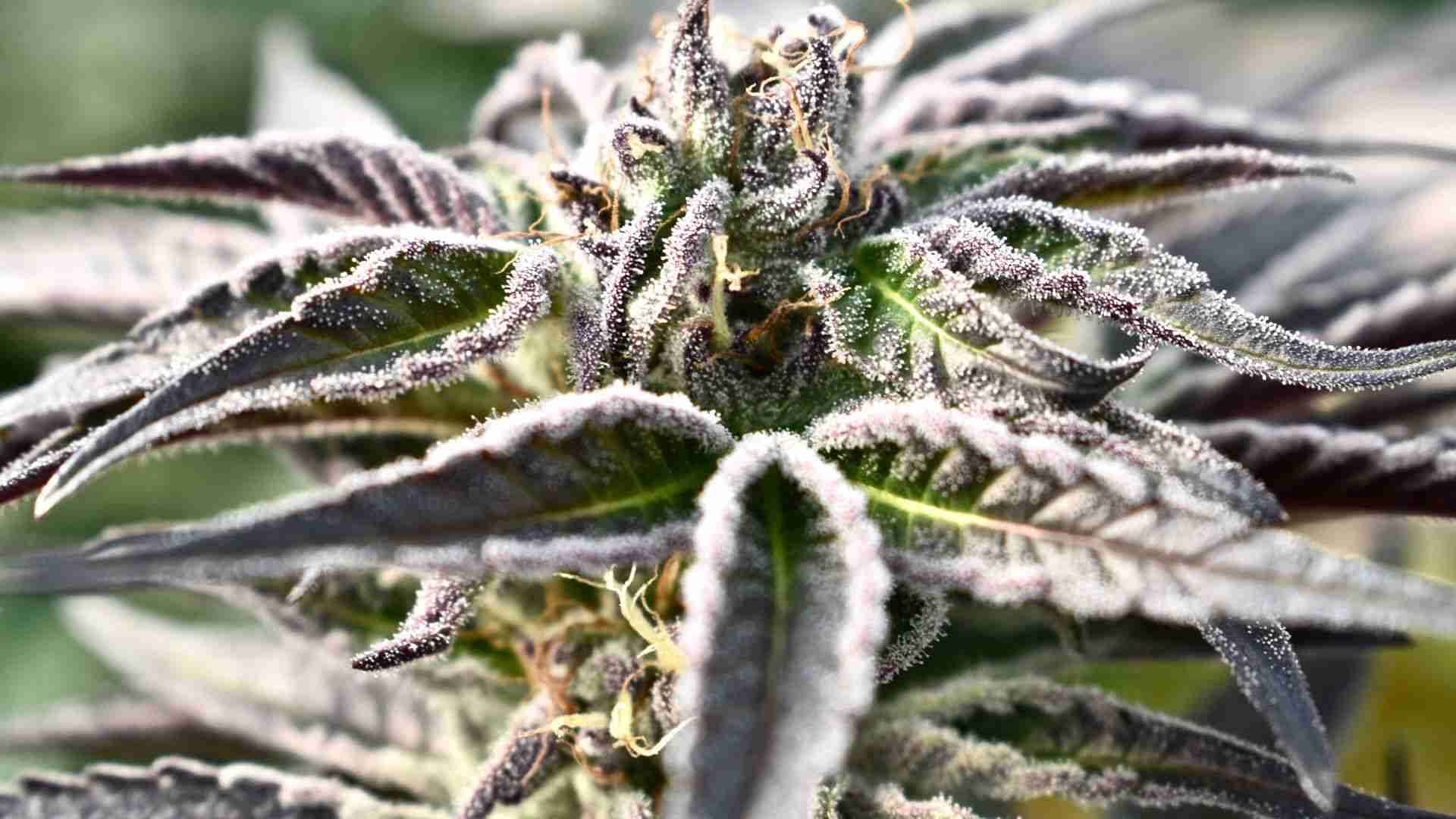
Troubleshooting Common Problems
Cultivators commonly encounter challenges that can significantly impact their crop's success. Issues such as pest infestations, watering dilemmas, nutrient deficiencies and toxicities, environmental stressors like improper temperature and humidity levels, and the threat of mould are frequent concerns. Additionally, the choice of genetics plays a pivotal role in the plant's performance, affecting growth, resilience, and yield.
If not carefully managed, each of these factors can ultimately influence the final quality of the harvest, encompassing aspects like potency and flavour. In the following sections, we'll delve deeper into these challenges, offering insights and solutions to help ensure a thriving and fruitful grow.
Pest Issues
Pest management is a critical aspect of cannabis cultivation, with common invaders like spider mites, aphids, russet mites, and fungus gnats posing significant threats to plant health. Implementing an Integrated Pest Management (IPM) protocol is essential in combating these pests. This approach involves maintaining a clean growing environment to prevent infestations, regularly inspecting plants for early signs of pests, spraying preventatively, and employing natural predators or organic pesticides as necessary.
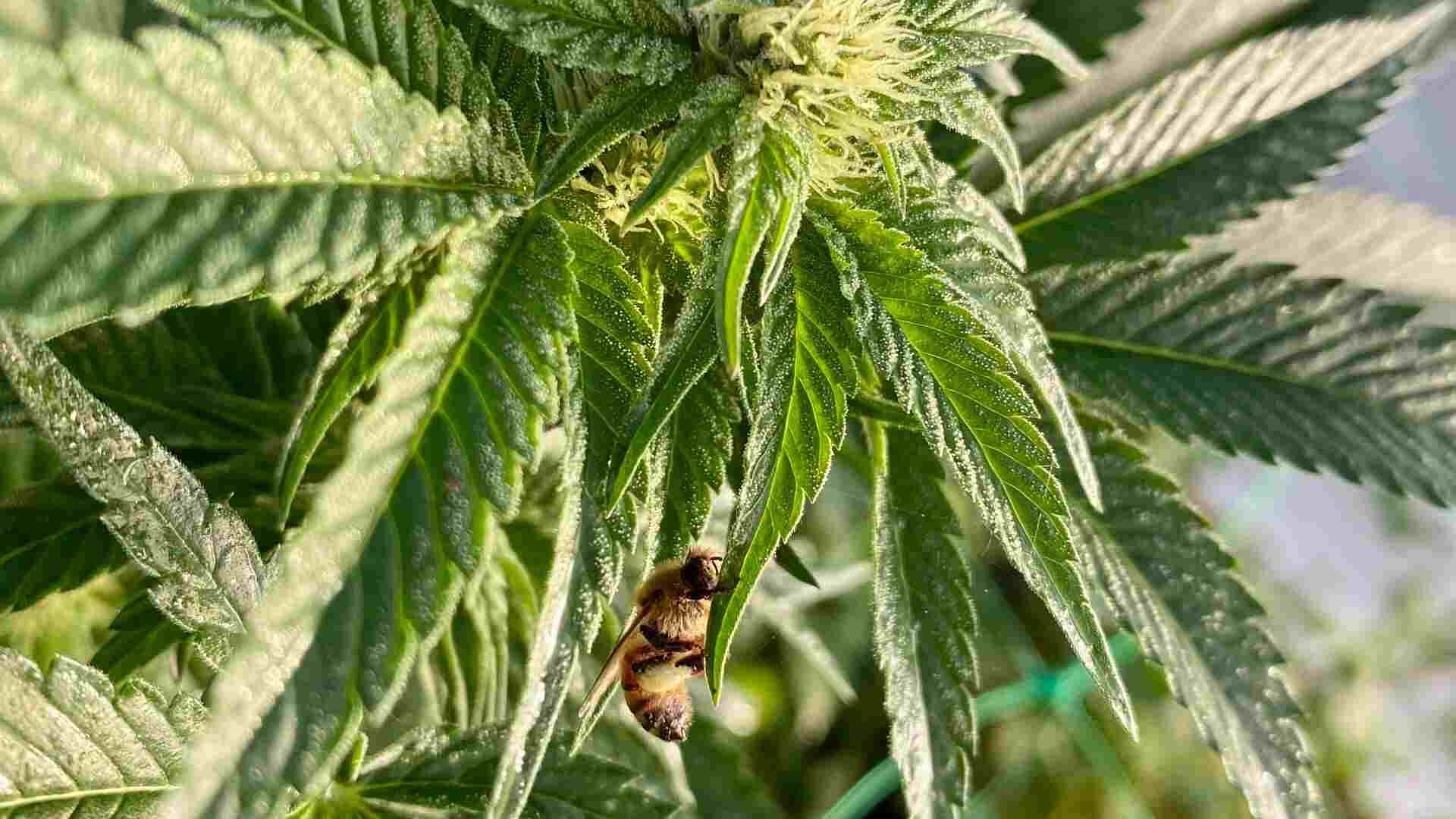
Spider mites, notorious for their rapid reproduction, can quickly overrun a plant, causing damage to leaves and overall vigour. Aphids, by sucking sap, weaken plants and can spread diseases. Russet mites are more challenging to detect but can cause significant damage to foliage and stems. Fungus gnats, thriving in overly moist soil, can harm young plants and root systems.
Overwatering creates a breeding ground for pests like fungus gnats, while underwatering can stress plants, making them more susceptible to infestation. By integrating these strategies, cultivators can effectively manage pests and ensure the health and productivity of their cannabis plants.
Watering Issues
Watering practices are a cornerstone of successful cannabis cultivation, yet they often present a challenging balancing act. Overwatering is a common mistake that can lead to severe issues, including attracting pests like fungus gnats, which thrive in moist conditions. More critically, overwatering can suffocate plant roots, cutting off their essential oxygen supply and leading to root rot, which hampers the plant's ability to absorb nutrients and water. On the other hand, underwatering deprives the plant of necessary hydration, resulting in wilting, drooping, and even reduced yield. This stress can make plants more vulnerable to diseases and pests.
Inconsistent watering can disrupt the delicate balance of soil pH and nutrient availability, potentially causing nutrient lockout. In this condition, plants cannot absorb the nutrients they need despite their presence in the soil. Therefore, mastering the art of watering – not too much or too little – is vital for maintaining healthy, robust cannabis plants and ensuring a bountiful harvest.
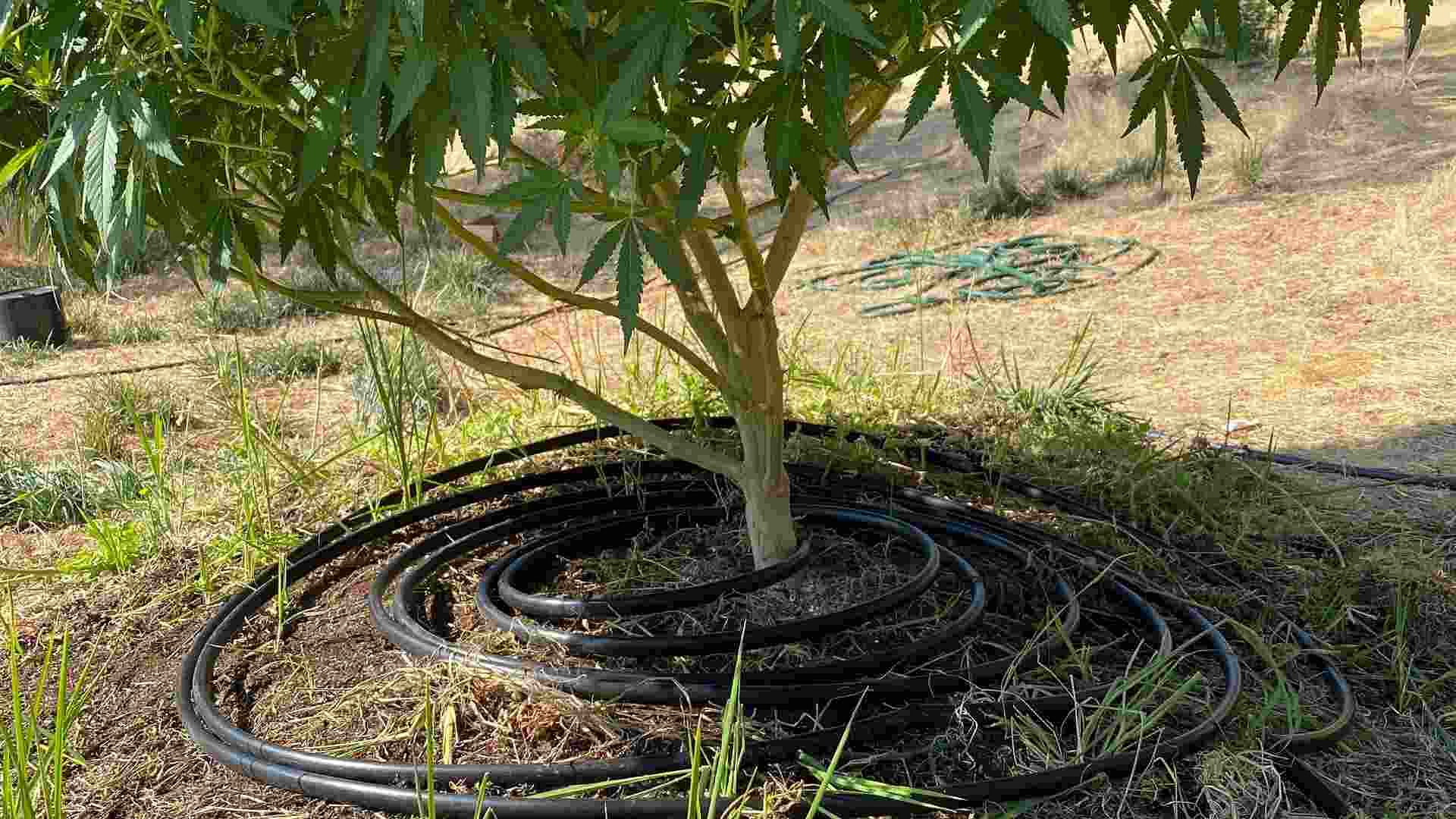
Using a moisture meter, like a tensiometer, is a great way to dial in your watering practices. This measures the pressure within your soil and should fluctuate between 80-120 mbars. Alternatively, you can feel your soil by scooping a handful and squeezing it. You want a drop of water to be released when squeezing, no more, no less. This should roughly equate to 50% air and 50% water in your soil's pore space, which is field capacity and ideal plant growth.
Nutrient Management
One of the most common problems is overfertilization, where an excess of one nutrient can lead to a lockout of others, disrupting the delicate balance required for optimal plant growth. This imbalance can manifest in various growth issues and deficiencies.
Understanding the specific nutrient ratios cannabis plants need is vital, especially for those creating their feeding schedules. For a more straightforward approach, using high-quality, slow-release, all-purpose fertilizers, such as Rainbow Mix Pro - Grow and Bloom, can simplify the process. These fertilizers provide a balanced nutrient profile suited for the different stages of cannabis growth.
High-quality compost can enhance soil health, providing a range of essential nutrients and beneficial microbes for breaking down organic amendments. Additionally, microbial products can supply specific organisms such as nitrogen-fixing bacteria, like Azospirillum, or phosphorus-solubilizing bacteria, like Bacillus megaterium. For those preferring liquid solutions, water-soluble nutrients like Organics Alive offer targeted nourishment that plants can readily absorb. Whichever method is chosen, the key is to maintain a balanced and consistent nutrient supply, avoiding extremes that can lead to deficiencies or toxicities, thereby ensuring healthy growth and a bountiful harvest.
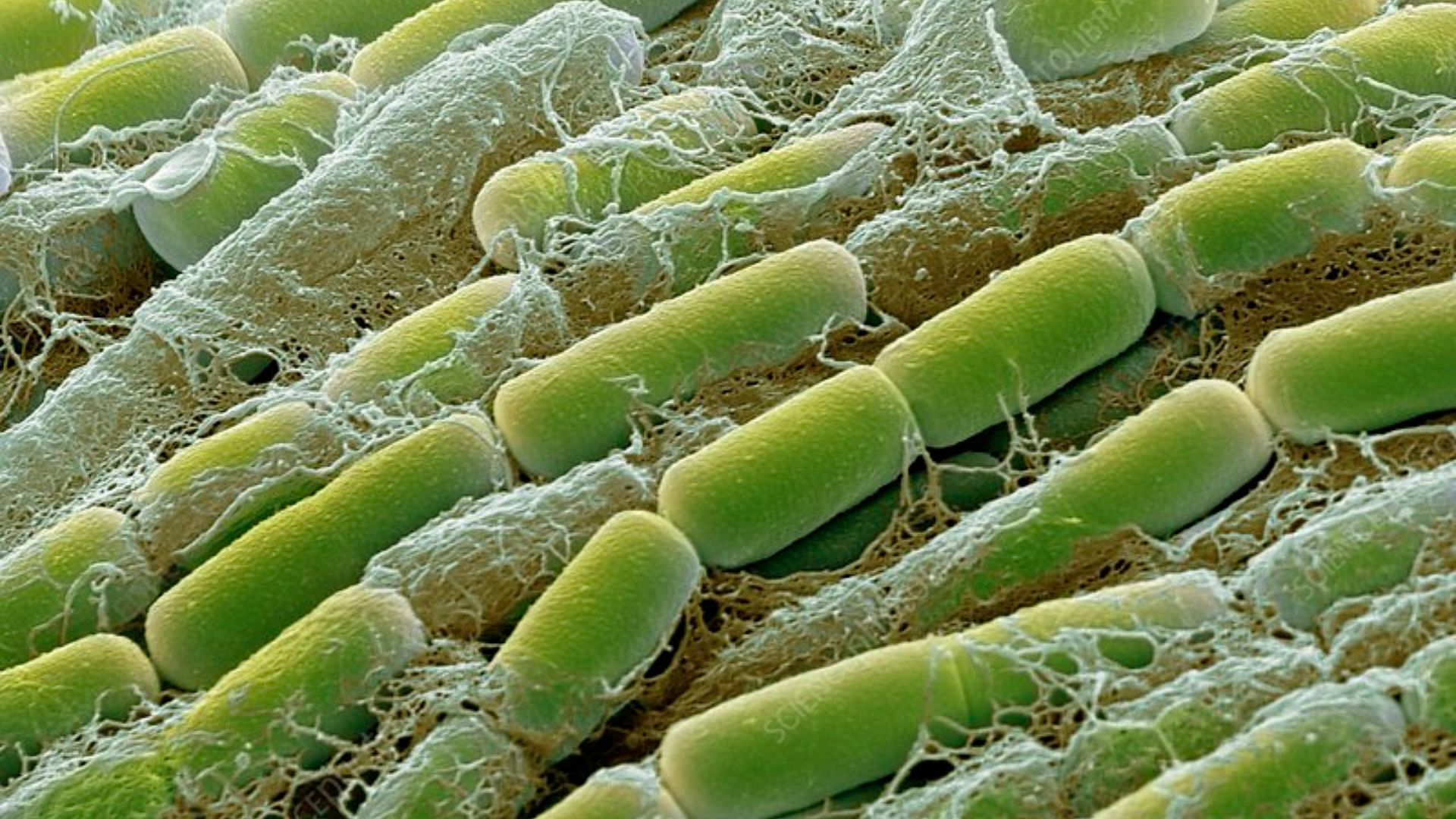
Environmental Issues
Environmental control is pivotal in cannabis cultivation, with factors like humidity, temperature, lighting, and airflow playing a significant role in plant health and productivity.
· Humidity levels that are too high can create an ideal environment for mould and mildew, while low humidity can stress plants, leading to poor growth and development. Humidity levels should fluctuate between 50-80% depending on the growth phase and temperature. The temperature of your grow room correlates with the best humidity for optimal plant health and is explored in VPD or vapour pressure deficit.
· Temperature is equally critical; excessive heat can cause heat stress, evident in leaf curling and wilting, whereas too cold temperatures can slow plant growth and affect flowering. If you are growing with artificial lights, your temperature range can vary depending on the type of light you use. However, incorporating fresh air exchange or running lights in the evenings can help mitigate excessive temperature.
· Lighting is essential for photosynthesis and overall plant vigour. Insufficient light leads to weak, spindly plants, while too much intensity can cause light burn. LEDs are more efficient at producing light with less heat and can be supplemented with various spectrums, such as UV. While HIDs are being used less, they provide more heat, which may be necessary for your situation. Remember that LEDs don't require as much overhead, while HID need around 3 feet of space between the top of the canopy and lighting.
- Airflow is another crucial aspect; stagnant air can promote fungal growth and pathogen infestations like powdery mildew or botrytis, whereas good circulation helps strengthen plant stems and aids in maintaining a stable environment.
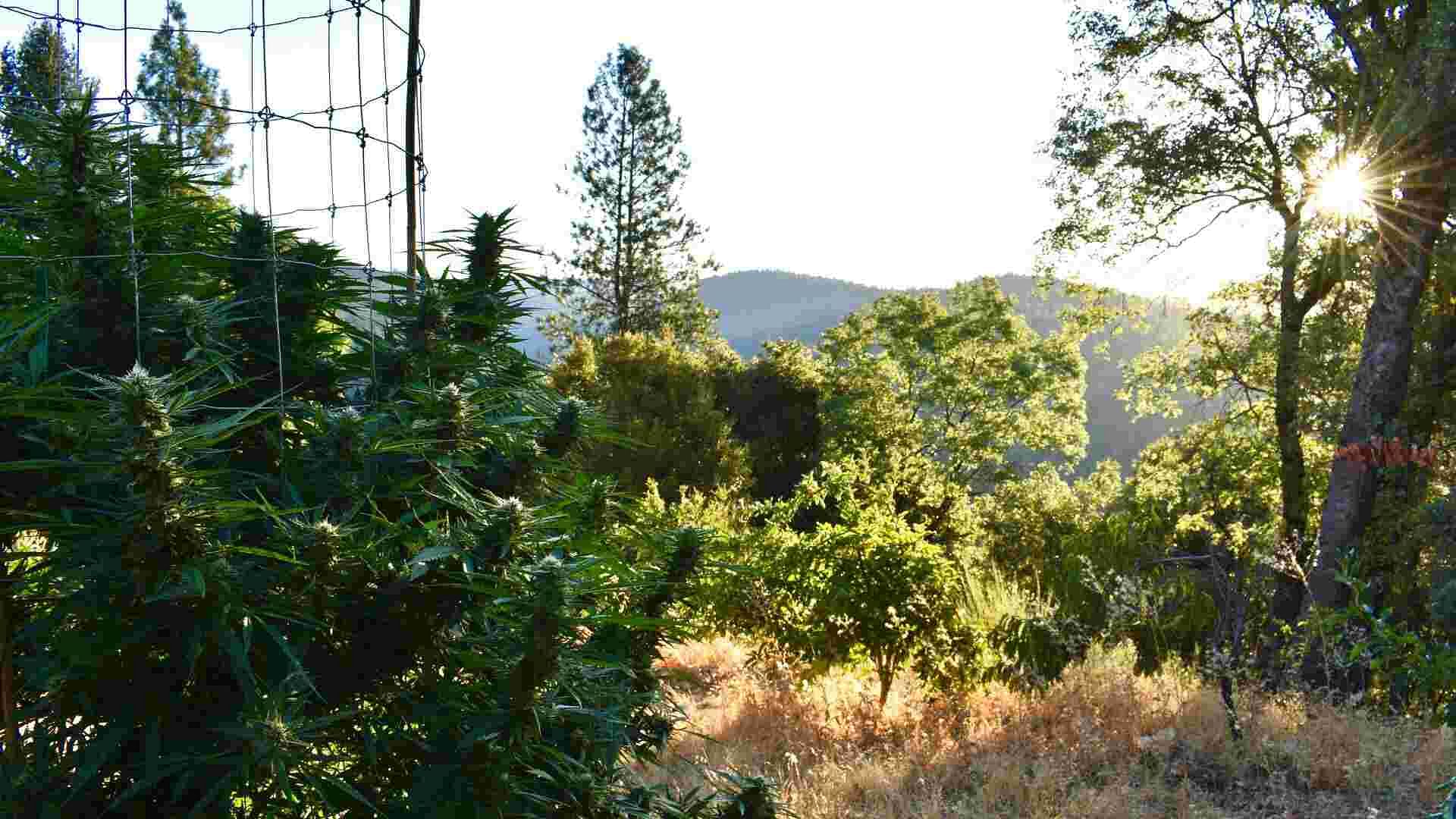
Inadequate management of these environmental factors can lead to many problems, including reduced yield, poor quality, and even total crop failure. Therefore, careful monitoring and adjustment of these conditions are essential for creating an optimal growing environment that fosters healthy, thriving cannabis plants.
Assessing Yield And Flavor
The payoff of your hard work is in the yield and flavour of your harvest. If these aspects didn't meet your expectations, consider plant density, light exposure, and watering practices. It's essential to start with great genetics with flavour profiles you enjoy. Finding breeders that produce stable genetics is critical to consistent quality end products. Flavour can also be influenced by the plant's maturity at harvest and the methods used during drying and curing.
Drying and Harvesting: A Critical Phase The process of drying and curing is often where the magic happens regarding flavour and potency. Reflect on your methods here. Were they too quick, too slow, or just right? The right environment for drying and curing can significantly enhance the quality of your final product.
Your drying room should be dark with a controlled environment that maintains temperature and humidity around 60-70F and 60-50% RH. The drying process usually takes 7-10 days and will vary depending on your temperature and humidity. Once your stems make an audible snap, they can be cured.
The curing process ensures a smooth smoking experience and locks in the flavour. You can achieve great results by storing your cannabis at around 50% humidity in a cool, dark space with access to oxygen. This can be done by placing in paper bags, turkey bags, or rigid plastic totes. The important thing is to ensure you are opening the containers and allowing the cannabis to rehydrate and then dry. After two weeks of curing, your flower should reach an internal moisture level near 12%. At this point, you can seal your flower in an airtight container for long-term storage.
Breaking Down The Cannabis Growing Cycle
1. Germination: Did your seeds germinate successfully? If not, try a different method or source of better-quality seeds.
2. Vegetative Stage: Were your plants healthy and vigorous during this growth phase? Adequate light and proper nutrition are key factors here.
3. Flowering Stage: This is where you see the fruits of your labour. Reflect on the environmental conditions and the care you provided during this crucial stage.
4. Harvesting: Timing is everything. Harvesting too early or too late can affect the potency and flavour of your cannabis.
5. Drying and Curing: This often-overlooked stage is essential for achieving the desired aroma and flavour profile.
Reflecting on each aspect of your growth cycle is an invaluable practice. It helps in troubleshooting and improving your techniques and deepens your connection with the art of cultivation. Remember, every grow is a learning experience, a step towards perfecting your craft. So, apply these reflections to your following grow, and watch as your garden flourishes even more beautifully than before. Happy growing!

